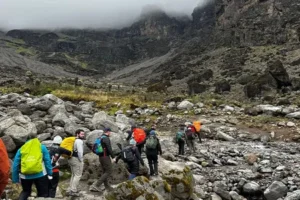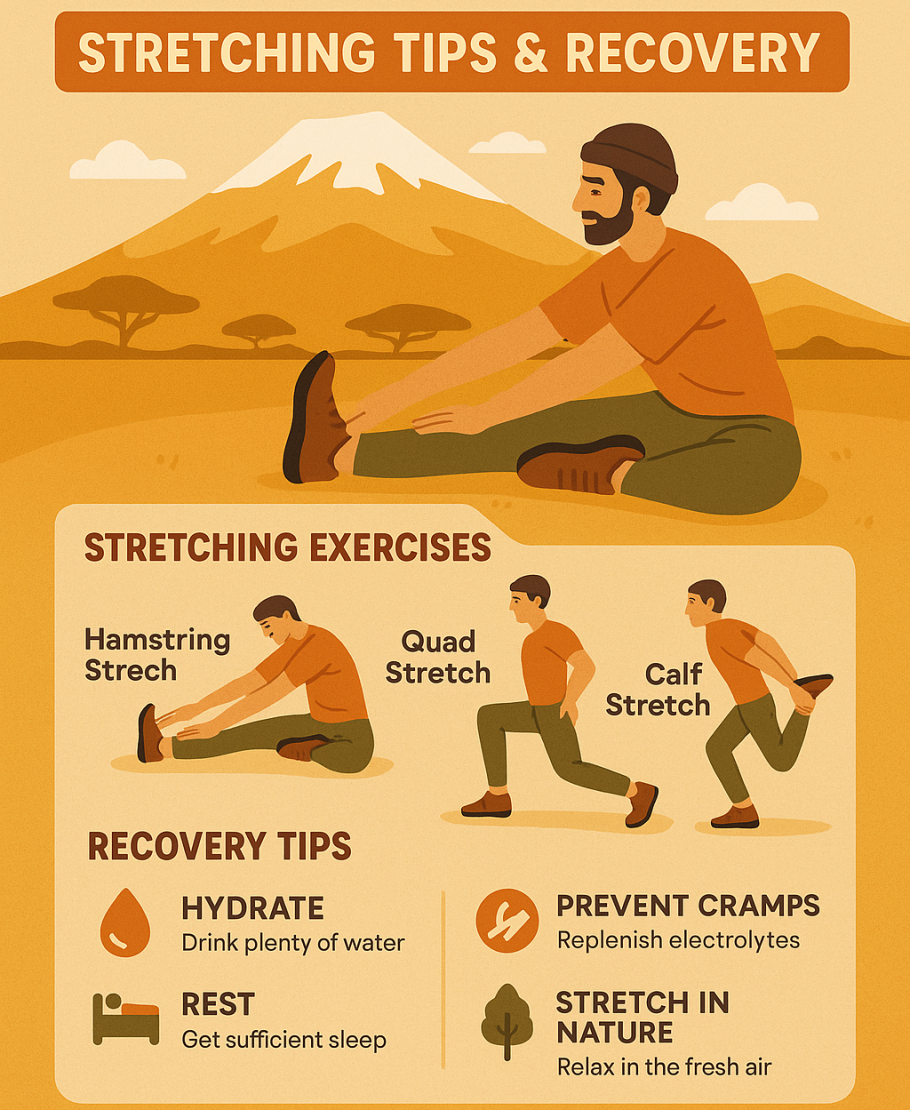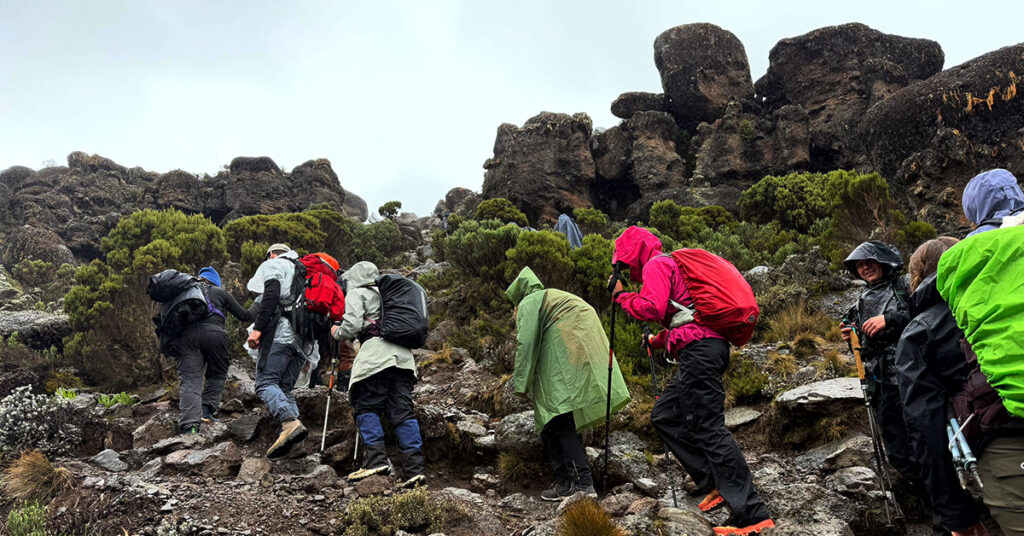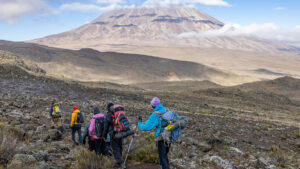
Beginner’s Guide to Climbing Kilimanjaro: First-Timer Tips
Table of Contents Beginner’s Guide to Climbing Kilimanjaro: FAQs for First-Time Trekkers Climbing Mount Kilimanjaro is a bucket-list adventure for many — and yes,

2. Improves Circulation
4. Boosts Flexibility

Climb Kilimanjaro with Experts – Our guides help you stretch and recover after your trek — not just during the climb.

Table of Contents Beginner’s Guide to Climbing Kilimanjaro: FAQs for First-Time Trekkers Climbing Mount Kilimanjaro is a bucket-list adventure for many — and yes,

Table of Contents Hygiene on Mount Kilimanjaro: Showers, Water, and Staying Fresh While Trekking Maintaining good hygiene during your Mount Kilimanjaro trek is essential for

Table of Contents Best Time to Climb Kilimanjaro: Seasons Explained | Kili Quests Understanding the Best Time to Climb Mount Kilimanjaro Wondering when to
@2025 Kili Quests. All rights reserved.